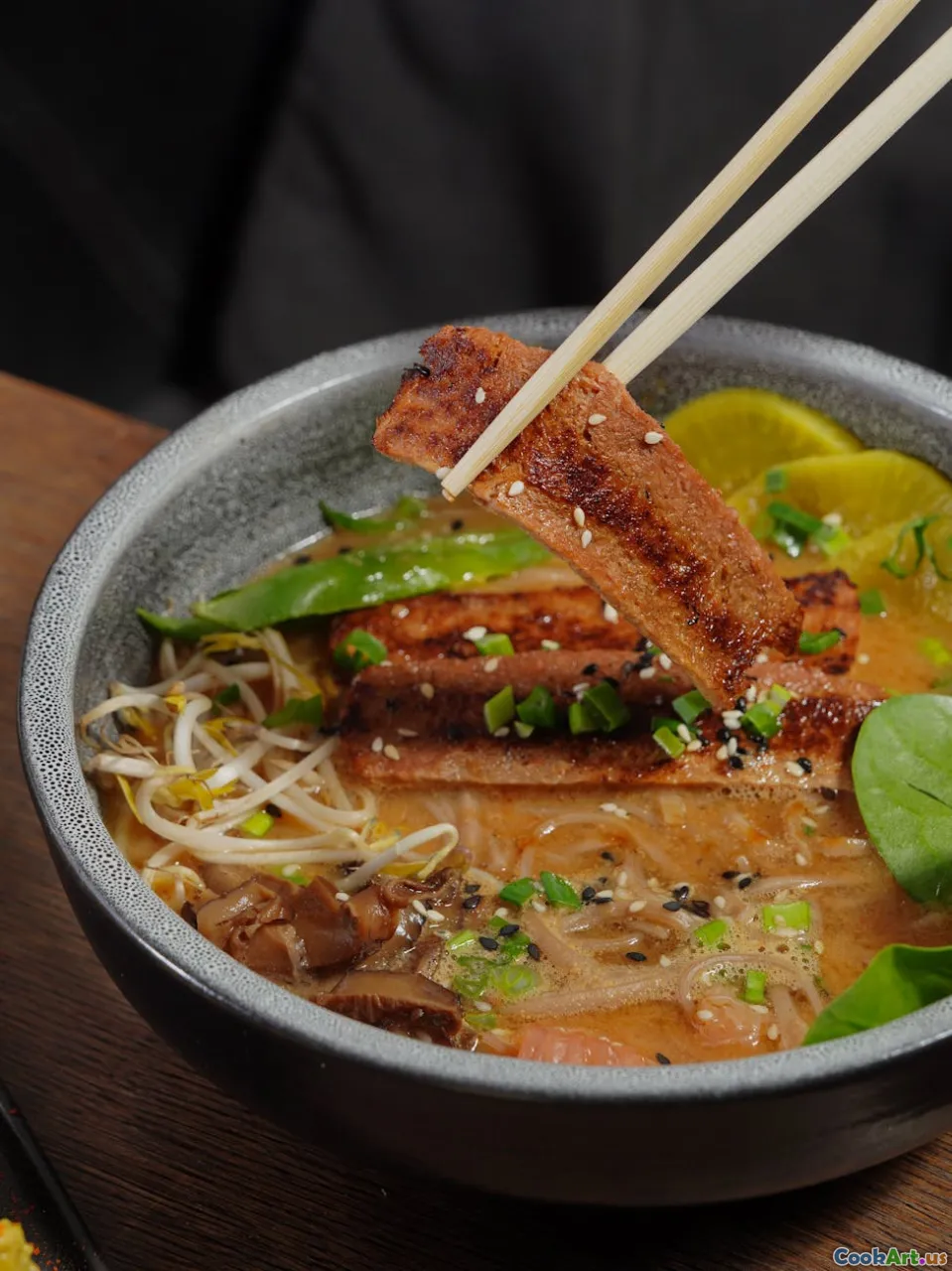Unveiling the Mysteries of Umami
5 min read Discover the depth of umami, the fifth taste, its cultural significance, and how it influences cuisines worldwide. April 12, 2025 08:45
Unveiling the Mysteries of Umami
Umami, often referred to as the fifth taste, has captivated chefs, food enthusiasts, and scientists alike. While most people are familiar with sweet, sour, bitter, and salty, umami adds a depth and richness that can elevate a dish to new heights. In this article, we delve into the origins, significance, and applications of umami across various cuisines.
What is Umami?
Umami is a Japanese term that translates to "deliciousness." It was first identified by Dr. Kikunae Ikeda in 1908 when he isolated the compound glutamate from seaweed. This discovery opened the door to understanding how certain foods evoke a savory flavor that enhances our overall eating experience.
The Science Behind Umami
Umami is primarily triggered by the presence of glutamate, which is an amino acid commonly found in protein-rich foods. Additionally, other compounds such as inosinate (found in meat) and guanylate (found in mushrooms) contribute to the umami flavor. Together, they create a harmonious and complex taste that can be both subtle and profound.
Umami in Global Cuisines
Japanese Cuisine
In Japan, umami is deeply embedded in the culinary tradition. Ingredients such as miso, soy sauce, and dashi (a broth made from kombu seaweed and bonito flakes) are staples that exemplify umami's rich flavor. The Japanese art of kaiseki dining beautifully showcases how umami can be balanced with other taste profiles to create an exquisite meal.
Italian Cuisine
Italian cuisine also celebrates umami through ingredients like tomatoes, aged cheeses (such as Parmigiano-Reggiano), and cured meats (like prosciutto). The umami-rich flavor in a well-prepared marinara sauce or risotto elevates the dish, making it comforting and satisfying.
Korean Cuisine
In Korea, fermented foods like kimchi and doenjang (fermented soybean paste) are packed with umami. These ingredients not only provide depth to traditional dishes but also promote health benefits through probiotics, showcasing how umami intertwines with nutrition and wellness.
Cooking Techniques to Enhance Umami
Roasting and Grilling
Both roasting and grilling can enhance the umami flavor in foods. The Maillard reaction, which occurs when proteins and sugars are exposed to high heat, creates a complex flavor profile that intensifies umami. Think of the rich crust on a well-grilled steak or the caramelization of roasted vegetables.
Fermentation
Fermentation is a powerful technique that amplifies umami in foods. By allowing natural bacteria to break down sugars and proteins, the flavors deepen and evolve. Foods like sauerkraut, kimchi, and miso not only taste delicious but also introduce beneficial probiotics.
The Cultural Significance of Umami
Umami's significance extends beyond flavor. It plays a role in cultural identity, social gatherings, and culinary practices worldwide. In many cultures, sharing a meal rich in umami fosters connection and community, illustrating how food brings people together.
Conclusion
Umami is more than just a taste; it is a profound experience that resonates with our senses and emotions. By understanding and embracing umami, we can appreciate the complexity of flavors that different cuisines offer. So, the next time you savor a dish bursting with umami, take a moment to reflect on the science, culture, and stories that make it truly remarkable.









